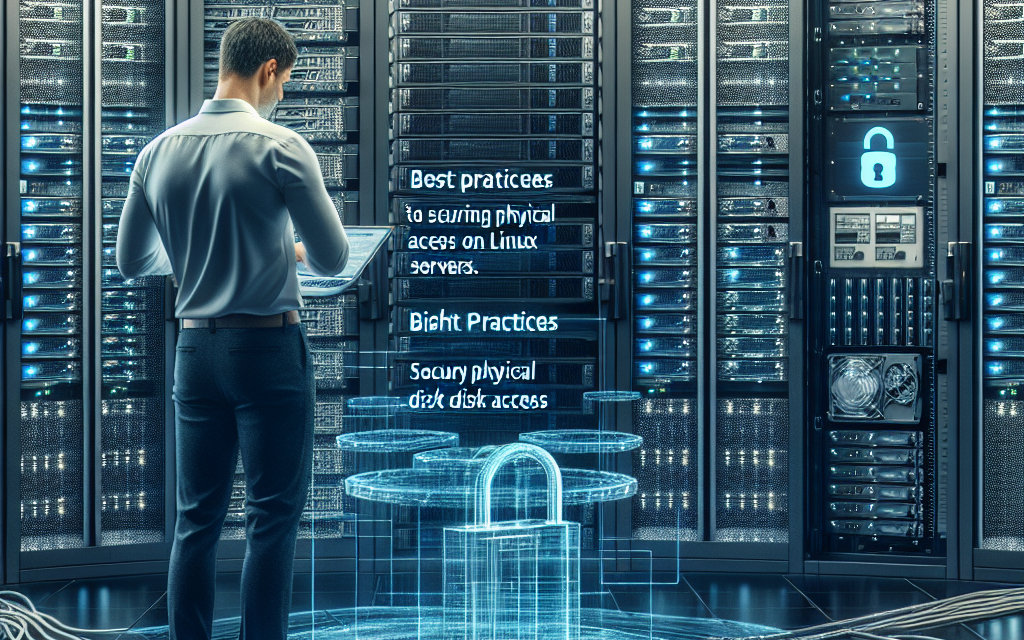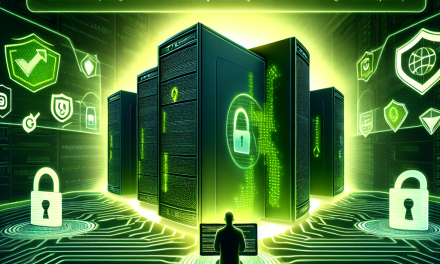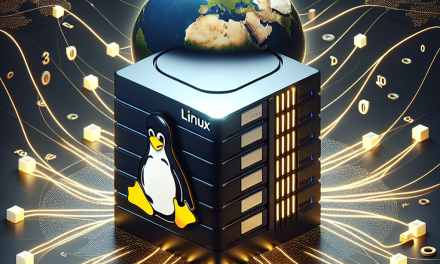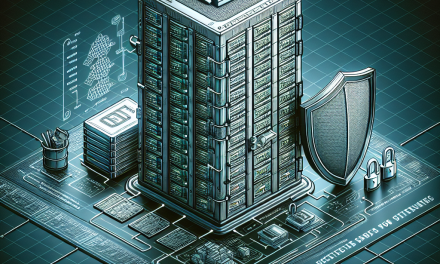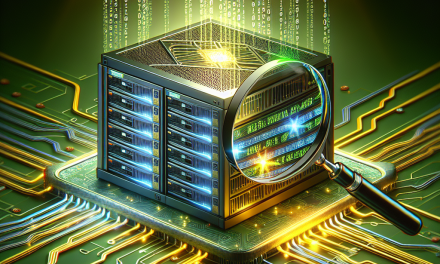In an era where data breaches and cyber threats are rampant, protecting physical assets such as disks on Linux servers is crucial. Ensuring unauthorized users cannot access or tamper with sensitive data stored on these disks is essential for maintaining the integrity, confidentiality, and availability of information. In this article, we’ll explore best practices for securing physical disk access on Linux servers.
1. Physical Security Measures
a. Restricted Access
- Store servers in secure locations with limited access. Use locked server racks and controlled server rooms that restrict entry to authorized personnel only.
- Implement surveillance cameras and motion sensors to monitor the physical space and deter unauthorized access.
b. Environmental Controls
- Use environmental controls such as temperature and humidity monitoring to protect disks from physical damage.
- Ensure that power supplies and backup systems are in place to prevent data loss from power failures.
2. Drive Encryption
a. Full Disk Encryption
- Use tools like LUKS (Linux Unified Key Setup) to encrypt entire disks. This protects data at rest, ensuring that even if drives are physically stolen, they remain inaccessible without the encryption keys.
- Employ a secure key management process to store and protect encryption keys. Ensure keys are stored separately from the encrypted disks.
b. File System Level Encryption
- For added granularity, consider using file-level encryption solutions such as eCryptfs. This allows you to encrypt individual files and directories based on sensitivity.
3. Access Control and Authentication
a. User Permissions
- Implement a least privilege access policy. Grant users only the access they need to perform their tasks, and regularly review permissions.
- Use Linux groups to manage access efficiently, minimizing the number of users with direct access to sensitive files.
b. Strong Authentication Mechanisms
- Enforce strong password policies to ensure that only authorized users can access the system.
- Consider implementing multi-factor authentication (MFA) for an extra layer of security.
4. Monitoring and Logging
a. Audit Logs
- Keep logs of all disk access and modifications. Use auditd to track changes to files and directories and generate reports that can help identify unauthorized access.
- Analyze logs regularly for unexpected access patterns and anomalies.
b. File Integrity Monitoring
- Use tools like Tripwire or AIDE (Advanced Intrusion Detection Environment) to monitor the integrity of the disk. These tools can detect unauthorized changes to files that may indicate malicious activity.
5. Regular Backups
a. Backup Strategies
- Create regular backups of important data to prevent loss in case of drive failure or data corruption.
- Store backups in a secure, offsite location to ensure they are safe from physical damage to the primary servers.
b. Test Restore Procedures
- Regularly test the backup restoration process to ensure that data can be restored quickly and reliably in a disaster recovery situation.
6. Software Security
a. Regular Updates
- Keep the Linux kernel and installed software updated to protect against vulnerabilities. Apply security patches promptly to close any security gaps.
b. Disable Unused Services
- Disable any unnecessary services that may expose the disk to potential threats. This reduces the attack surface and minimizes the risk of exploitation.
7. Physical Disk Disposal
a. Secure Disposal Practices
- When decommissioning or replacing drives, ensure that they are securely erased using tools like
shredorddto prevent data recovery. - Physically destroy disks when necessary, ensuring that sensitive data cannot be retrieved by unauthorized individuals.
Conclusion
Securing physical disk access on Linux servers is a multi-faceted effort that requires a combination of physical, procedural, and technical measures. By implementing these best practices, organizations can significantly reduce the risk of unauthorized access and protect sensitive information stored on their servers. Remember that security is an ongoing process; regularly review and update your security measures in response to evolving threats and vulnerabilities.
By taking proactive steps, you can ensure that your data remains secure and resilient in the face of potential threats.

